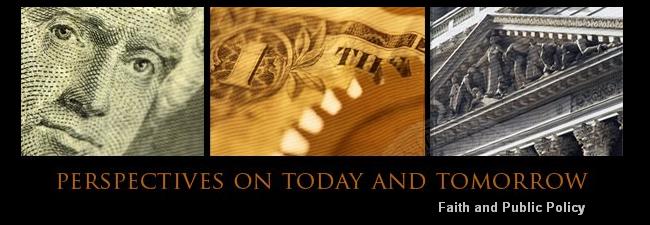The economy is now more than a year and a half into what is becoming its deepest and most prolonged recession in half a century. Output has fallen steeply the last year, with two recent quarters registering a sharp contraction averaging 6 per cent of GDP at an annual rate. Measured per person, even if the decline were to be halted today, the income of the average American will have dropped well over 7 per cent compared to the level enjoyed only a few years ago.
The Administration now points to some signs of recovery. Unemployment reports have recorded smaller monthly losses in jobs, some financial institutions have reversed their unsustainable losses and generated huge profits, some banks have begun to re-pay bailout loans and eliminate toxic assets from their balance sheets, fears of a sudden jump in interest rates and inflation or a precipitous drop in the dollar have receded, and there are signs economic activity may be stabilizing in some parts of the country. The sense of a "free fall" of the economy that pervaded the past year has been replaced by a hope that a revival may be on the horizon.
In some superficial sense, it may be true that conditions have improved. Statistically, the GDP includes government spending, and the massive but unsustainable deficits now being accumulated into huge increases in the national debt no doubt have had some positive effect on the economy. This effect may well intensify in the months ahead. Some increase in consumer spending and a rundown of inventories may also encourage businesses to increase their current production somewhat in response. The negative growth of the past year may well be replaced by some minor uptick reflecting improvements in a few sectors of the economy.
It is not unusual for there to be a positive quarter in the middle of a recession, especially when measured in terms of the aggregate volume of activity rather than in output per person. However, measures of overall GDP mask what is going on underneath this total, where industrial production, unemployment, capacity utilization, tax receipts, and other indicators of economic health continue to deteriorate. Moreover, average incomes can continue to decline noticeably even when the economy appears to be on the mend.
Nowhere is this clearer than in the job market, where the economy-wide unemployment rate of 9½ per cent hides rising distress in the lives of workers. More and more firms have been asking employees to work part-time, the work-week is being cut in the private and public sectors, and the average length of unemployment is rising. Even when a recovery begins, employers will first restore longer working hours to their present employees before they hire more workers. When an upturn begins, it will be a long, slow, painful and jobless recovery.
Adding to the dim prospects for a strong recovery and boost in job creation are the proposed higher business and energy taxes. Massively raising taxes on the economy in the best of times can be expected to lower its performance and discourage employment. Raising taxes in the middle of a recession, as the Administration is now advocating, can only be regarded as lunacy which will postpone any recovery.
The United States remains in the grip of a major downturn rooted in mammoth economic, financial, and trade imbalances that have taken years to become entrenched and will take years to overcome. The Administration is doing nothing to deal with these fundamental problems; indeed, its policies are only making them worse. Until these problems are addressed, the foundations for sustained and rapid growth cannot be restored. For this reason, if there is an upturn later this year, it will be weak and halting and temporary and by no means an indication the recession is over and we are on our way to recovery.
Subscribe to:
Post Comments (Atom)



No comments:
Post a Comment